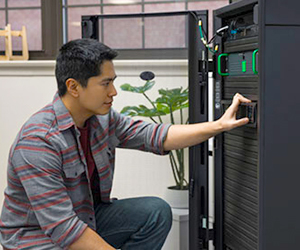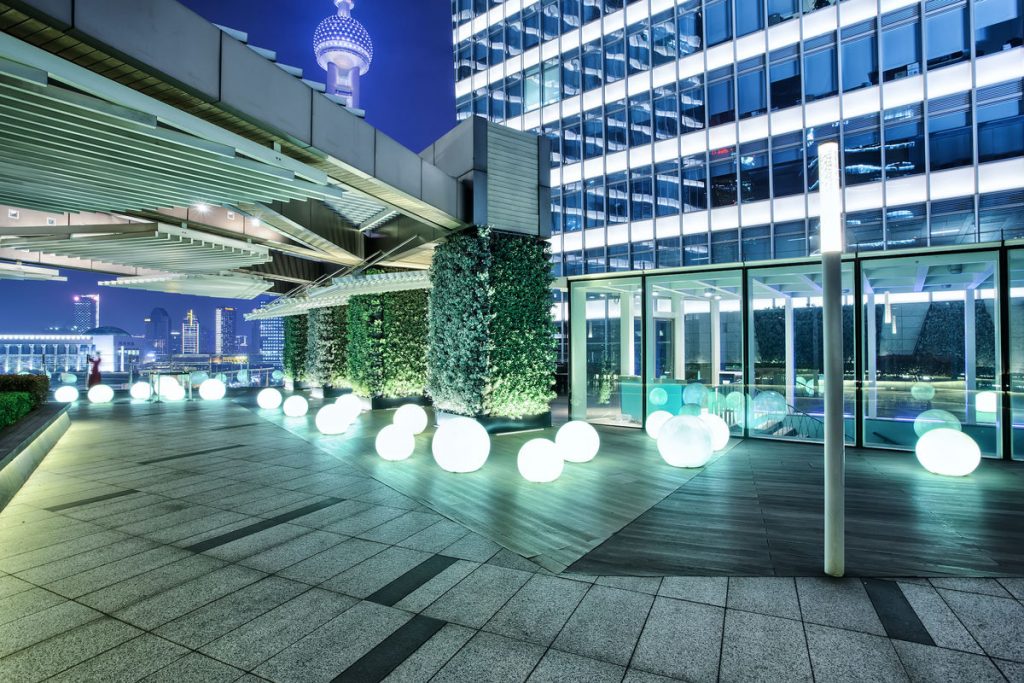The global edge computing market is facing massive growth with the Philippines expected to be a strong market for development and growth in cloud-based services, according to GlobalData. These services target both the consumer segment and the enterprise, with enterprise spending on cloud services forecasted to grow from US$1.8 billion in 2020 to US$2.6 billion in 2024[1]. In addition, the report stated that the Philippines is among the first few countries within the region to launch commercial 5G services, with coverage expanding fast across the country.

As the Philippines cloud market is growing rapidly in a constantly developing IT landscape, it is crucial for both the government and businesses to adopt newer technology such as edge while keeping sustainability as a top priority.
“The need for edge is there,” said Tony Kang, Business Vice President, Secure Power Division at Schneider Electric Philippines. “Edge growth is needed to enable a connected digital world, but there also a great responsibility that comes with it. If unchecked, the edge will grow at the detriment of sustainability — this issue is what Schneider Electric is trying to help businesses prevent.”
While edge data centers are known to consume a small amount of power individually, the accumulated consumption may lead to a big problem. In fact, it is estimated that edge data centers will consume 1112 TWh of power by 2035, nearly two times that of traditional data centers. This is due to growth but also edge data centers’ higher on average PUE when compared to traditional data centers.

Companies must be responsible and held accountable for the energy consumption across the company’s IT footprint. CIOs must consider implementing edge solutions that consider efficiency and sustainability at the onset and solution providers are well positioned to help CIOs address the challenge.
“We at Schneider Electric Philippines believe sustainability at the edge is possible in two primary ways,” said Kang. “There must be standardized solutions with components that reduce energy consumption, and solutions that reduce service cycles.”
A sustainable edge strategy starts with the hardware. By selecting the most efficient hardware, including the UPS and cooling units, it is possible to design a solution that significantly contributes to the concept of a circular economy with products built from recycled sources and designed to be recycled at end of life. In addition, providers can work with local utilities on using power from sustainable sources such as solar to minimize the edge’s impact on the environment. Products like Smart UPS use lithium-ion batteries contribute to edge sustainability by requiring fewer on-site visits due to batteries that last up to 10 years.

Connectivity remains at the core of edge infrastructure. It is important for edge to be connected to enable remote monitoring and management from a central location. An effective monitoring platform has capabilities such as data collection and analysis, artificial intelligence (AI) to spot anomalies and problems, alarming, and the ability to troubleshoot most issues remotely. It also adds predictability, streamlining service cycles. Connectivity-enabled streamlined services are a must at the edge. The selection of a service model that results in fewer site trips for technicians—especially in places that are hard to get to —can lead to a company saving on fuel and other travel expenses.
By addressing sustainability at the design stage, companies will be able to ensure their digital transformation strategy supports their company’s sustainability action plan.
“It is Schneider Electric Philippines’ mission to provide companies with the services and products that they may need to set up and further establish their edge computing systems,” said Kang. “In addition, we highlight the importance of sustainable and connected solutions in order to increase overall efficiency and productivity.”
[1] https://www.globaldata.com/enterprise-cloud-spending-philippines-reach-us2-6bn-2024-says-globaldata/
